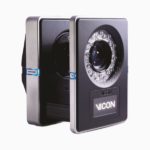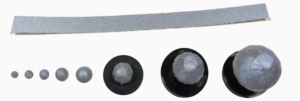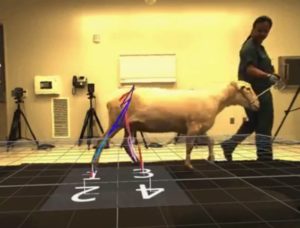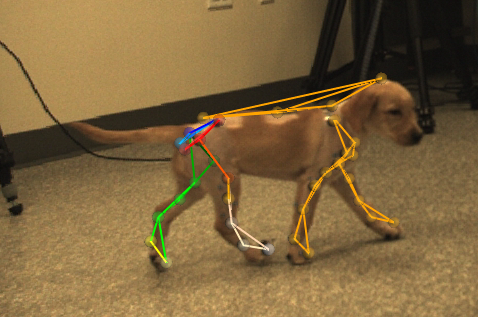Motion Capture is the process of recording movements of objects or people. It is used in various fields from film industry to medical research, sports biomechanics or video games. Different types of motion capture exist: passive marker-based systems (Vicon®, Qualysis®…), active marker-based systems (Optotrack®…), 3-D markerless systems (Kinect®, LeapMotion®…), high speed cameras (Vision Research®…)…
The BioMechanical Environment Laboratories (BMEL) from Texas A&M University have a platform equipped with one of the top of the range optoelectronic motion capture system developed by Vicon. The system is maker-based and has 12 vantage V16 cameras, 3 video cameras (Bonita and Vue), 4 AMTI force plates, and a 16 channel surface EMG system.
The vantage V-16 cameras send near-infrared light to the motion capture volume which are then reflected by the passive reflective markers put on the subject/object to analyse. The light is sent back to the cameras, and the localisation of the markers are computed with the Nexus® software using a photogrammetry algorithm. The output is the 3-D coordinates of each reflective marker which is in the field of view of the vantage V16 cameras.


We currently have 3 active studies involving motion capture:
- Biomechanical validation of an implanted device which aims to faster bone regeneration after a fracture: we lead pre- and post-sugery gait analysis on sheep who have biocompatible polymer cuffs implanted into their back leg in order to mechanically stabilize and regenerate a critical-sized long bone defect without assistance of any internal or external fixation. This study is a large-scale FDA preclinical study and has to follow the GLP guidelines.
- More information about Sheep Gait Analysis
Collaborators: Texas A&M Biomedical Department & Houston Methodist Research Institute
- More information about Sheep Gait Analysis

- Characterization of the evolution of Golden Retriever Muscular Dystrophy: dogs affected with muscular dystrophy have a progressive muscular degeneration which eventually stop their heart from beating. It exists different phonotypes of muscular dystrophy which evolve at different speeds. Golden Retriever Muscular Dystrophy (GRMD) is known to be similar with human Duchenne Muscular Dystrophy (DMD). Being able to quantify non-invasively the evolution of the dog’s disease could be adapted to humans having Duchenne Muscular Dystrophy and could help to try to bring a solution to improve the life of Duchenne affected persons, and hopefully help to eventually find a cure.
- More information about Golden Retriever Muscular Dystrophy
Collaborators: Texas A&M College of Veterinary Medicine & SolidBioscience
- More information about Golden Retriever Muscular Dystrophy

- Quarterback biomechanics: we focus on the throwing motions employed by quarterbacks for a hitch, a 3 step drop and a rollout throw. We are currently working with 15 quarterback students playing in high school and their respective coaches in order to see the evolution of the players on a longitudinal study.
- More information about quarterback biomechanics

Equipment set up during a football motion capture (2016).
- More information about quarterback biomechanics

